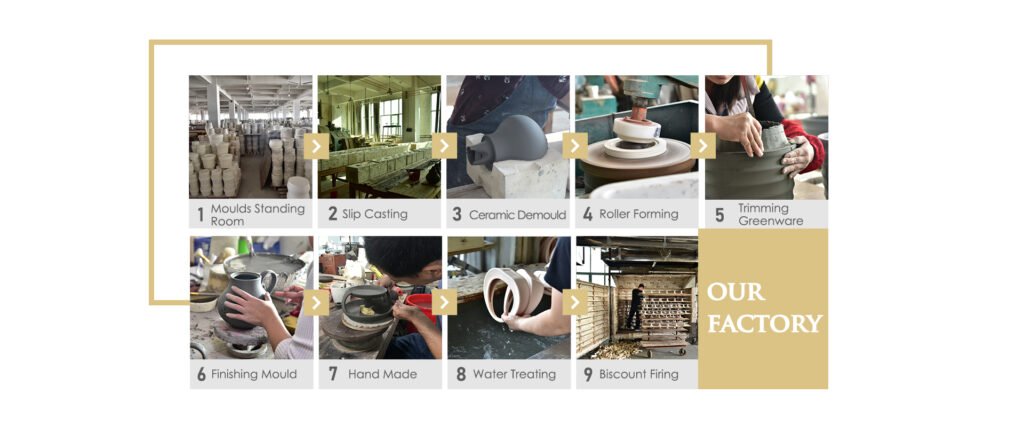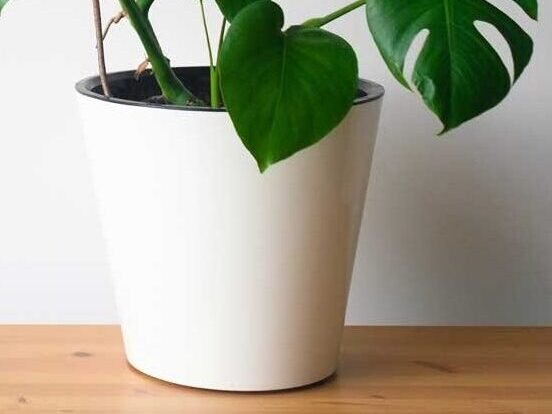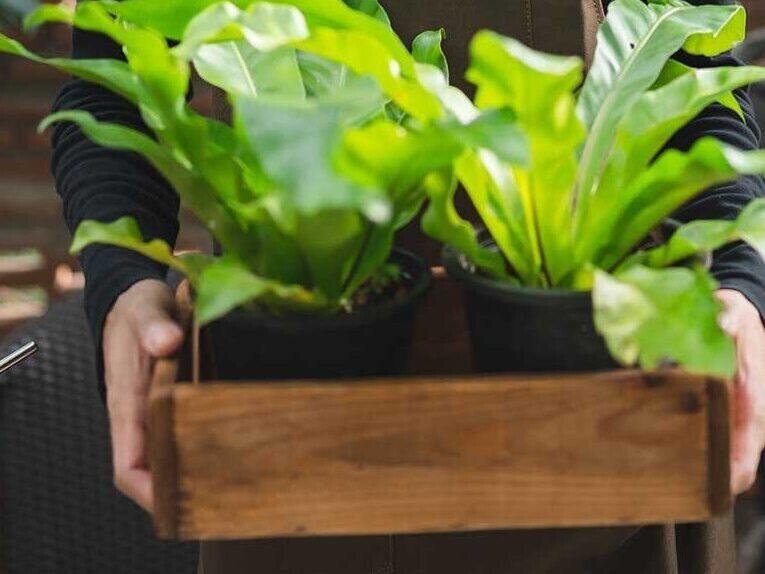A Comprehensive Guide from a Ceramic Planter Factory
Ceramic planters have become increasingly popular in recent years due to their aesthetic appeal and versatility in various indoor and outdoor settings. However, one question that many potential buyers often have is: “Are ceramic planters durable?” As a ceramic planter factory dedicated to producing high-quality ceramic products, we are here to provide an in-depth look at the durability of ceramic planters, the factors that affect their longevity, and how they compare to other types of planters.
Understanding the Basics of Ceramic Planters
To fully appreciate the durability of ceramic planters, it’s essential to understand what they are made of and how they are crafted. Ceramic planters are made from natural clay that is shaped and then fired at high temperatures in a kiln. This process not only hardens the clay but also gives the planters their characteristic strength and smooth, often glazed finish.
The materials used in ceramic production and the firing process both play critical roles in determining the final product’s durability. High-quality ceramics are typically made from a blend of clays, minerals, and sometimes other materials like feldspar and quartz, which help to enhance the strength and thermal stability of the finished product.
Factors Affecting the Durability of Ceramic Planters

1.Type of Clay Used: The type of clay and the specific blend used in making ceramic planters significantly impact their durability. For example, stoneware clays, which are fired at higher temperatures, tend to be more durable than earthenware clays. The denser structure of stoneware makes it less porous and more resistant to chipping and cracking.
2.Firing Temperature: The firing temperature is a critical factor in determining the strength of ceramic planters. High-fired ceramics, such as those made from stoneware and porcelain, are generally more durable because the high temperatures cause the clay particles to vitrify, creating a glass-like, non-porous surface that is more resistant to water and weather-related damage.
3.Glazing: The glaze on ceramic planters not only adds color and a glossy finish but also serves as a protective layer that helps to seal the porous clay, making it more resistant to moisture and potential frost damage. High-quality glazes that are well-applied during production can significantly enhance the durability of ceramic planters.
4.Wall Thickness: The thickness of the ceramic planter walls also affects its durability. Thicker walls generally mean more clay was used, which can provide better insulation against temperature fluctuations and physical impacts. However, overly thick walls can also make the planters heavier and more cumbersome to move, so a balance is necessary.
5.Production Quality: The overall quality of the production process, including how well the clay is mixed, shaped, fired, and glazed, plays a crucial role in the durability of ceramic planters. High-quality craftsmanship ensures that the planters are not only beautiful but also built to last.
Comparing Ceramic Planters to Other Types of Planters
When considering the durability of ceramic planters, it’s helpful to compare them with other common planter materials like plastic, metal, wood, and terracotta. Each material has its advantages and disadvantages, depending on the intended use and environment.
Plastic Planters: Plastic planters are lightweight, inexpensive, and resistant to cracking, which makes them a popular choice for many gardeners. However, they tend to degrade over time when exposed to sunlight and extreme temperatures, making them less durable than ceramic planters in the long run.

Metal Planters: Metal planters, particularly those made from materials like galvanized steel or aluminum, are highly durable and resistant to weather damage. However, they can become very hot in direct sunlight, which may harm plant roots, and they are prone to rust if not properly coated or maintained.
Wood Planters: Wooden planters provide a natural look and good insulation for plant roots. However, they require regular maintenance, such as sealing and staining, to prevent rot and pest infestations. Over time, even the best-maintained wood planters will break down due to weather exposure.

Terracotta Planters: Terracotta planters are made from a type of clay similar to ceramic but are typically fired at lower temperatures, making them more porous and less durable. They can crack in freezing temperatures if not properly sealed and are more susceptible to chipping than high-fired ceramic planters.

Ceramic Planters: Compared to the other types of planters, ceramic planters offer a great balance of durability and aesthetic appeal. They are less likely to degrade over time than plastic, do not rust like metal, require less maintenance than wood, and are more resilient than terracotta. The glazing on ceramic planters also helps to protect them from the elements, making them a durable choice for both indoor and outdoor use.

Tips for Extending the Life of Ceramic Planters
While ceramic planters are generally quite durable, there are some steps you can take to ensure they last even longer:
- Proper Handling: Always handle ceramic planters with care, especially when moving them. Even though they are durable, dropping them or knocking them against hard surfaces can cause cracks or chips.
- Use Drainage: Ensure your ceramic planters have proper drainage to prevent water from pooling at the bottom. Excess water can cause pressure and may lead to cracking, especially in freeze-thaw conditions.
- Seasonal Care: If you live in an area with freezing temperatures, consider bringing ceramic planters indoors during the winter or at least placing them in a sheltered location. Freezing and thawing cycles can cause the clay to expand and contract, leading to cracks.
- Regular Cleaning: Clean your ceramic planters periodically to remove any mineral buildup or algae that could affect the planter’s appearance and structure. Use a mild soap and water solution and avoid harsh chemicals that could damage the glaze.
- Protective Sealants: For extra protection, especially for outdoor planters, consider applying a clear waterproof sealant to the outside of the planter. This can help protect against moisture and extend the life of your ceramic planter.
Environmental Impact and Sustainability
Ceramic planters are not only durable but also environmentally friendly. They are made from natural materials and, unlike plastic planters, do not contribute to pollution when they eventually break down. Additionally, many ceramic planters can be recycled or repurposed, reducing their environmental footprint.
Moreover, the longevity of ceramic planters means that they do not need to be replaced as frequently as other types, which further reduces waste and consumption. Choosing high-quality ceramic planters from reputable manufacturers ensures that you are investing in a sustainable product that will serve you well for many years.
Conclusion
As a ceramic planter factory, we pride ourselves on crafting high-quality, durable ceramic planters that meet the needs of our customers. We use the finest materials and the latest production techniques to ensure that every planter we produce is not only beautiful but built to last. Whether you’re looking for planters for your garden, patio, or indoor space, ceramic planters are an excellent choice for durability and style.
So, are ceramic planters durable? The answer is a resounding yes. With proper care and handling, ceramic planters can last for many years, making them a worthwhile investment for any gardener or homeowner. They combine aesthetic appeal with practicality and sustainability, offering a durable solution for all your planting needs.
If you have any questions about ceramic planters or need help choosing the right ones for your space, please don’t hesitate to contact us. We’re here to help you make the best choice for your home and garden.

